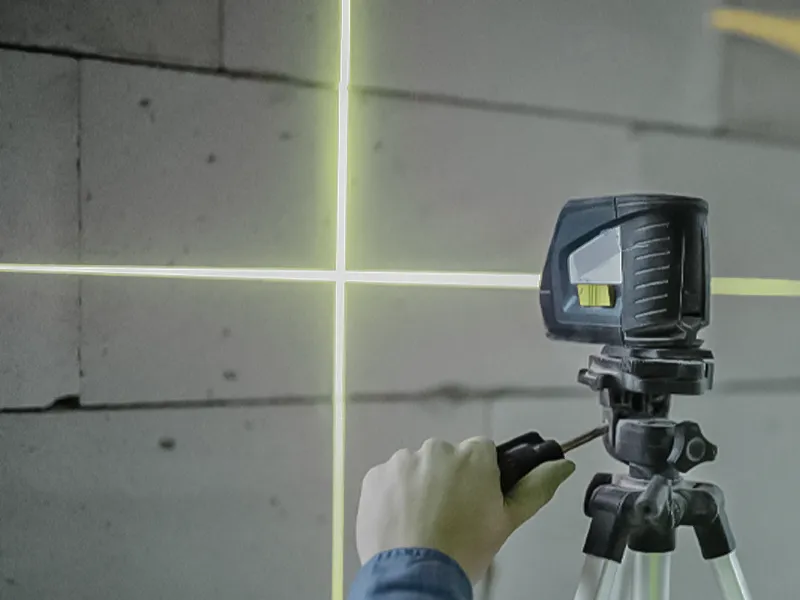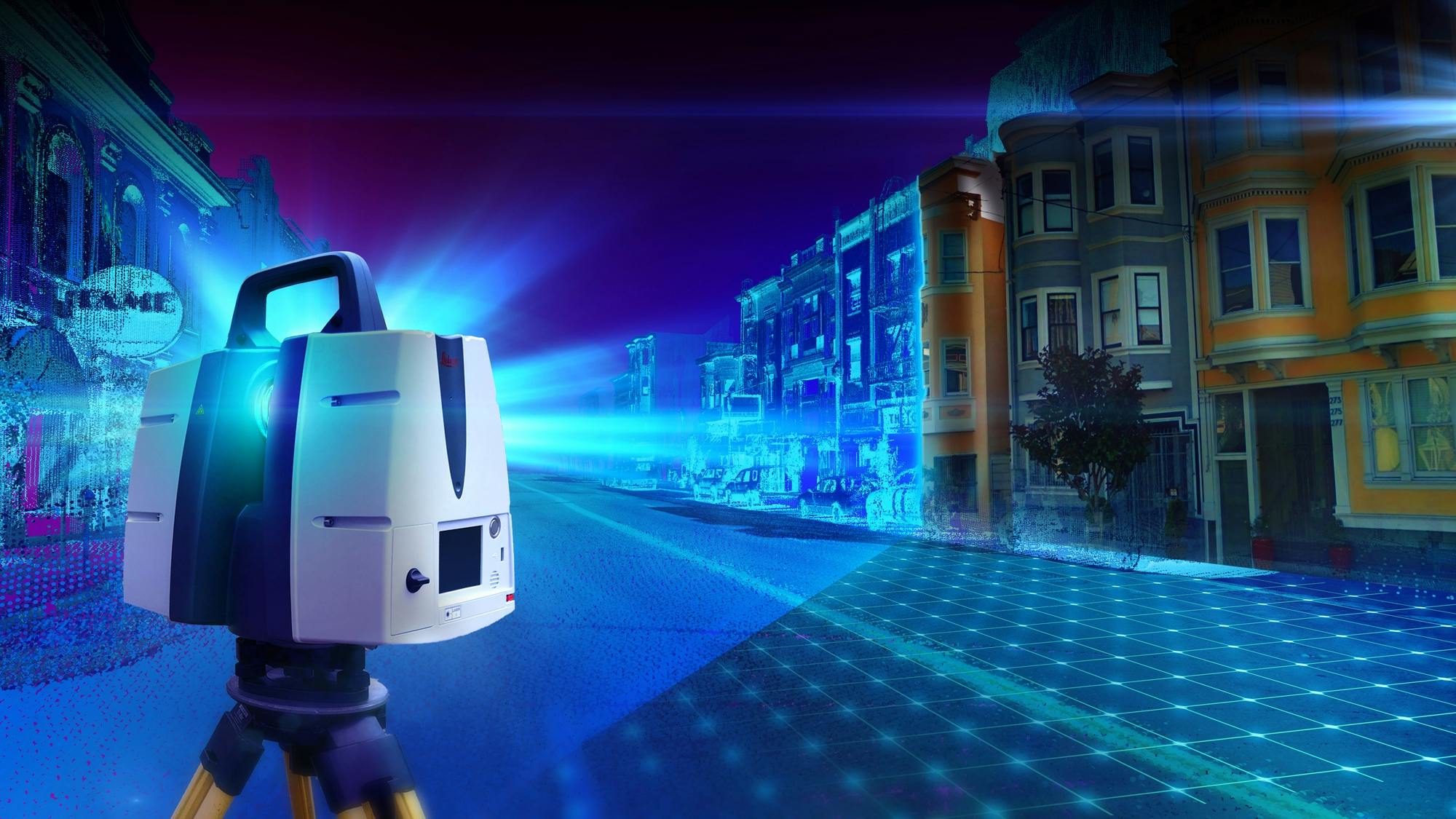The Complete Reference Guide for 3D Scanning in Architecture
Wiki Article
Enhancing Manufacturing Processes: The Impact of 3D Laser Scanning on High Quality Control
3D laser scanning technology is transforming quality assurance in production. By offering high-resolution information and specific measurements, it makes it possible for suppliers to determine discrepancies from specs with simplicity. This advancement not only streamlines assessment processes yet likewise improves operational effectiveness. 3D Scanning. The execution of this innovation comes with its very own set of difficulties. Checking out these facets exposes the more comprehensive implications for sectors and the future landscape of production
Understanding 3D Laser Scanning Innovation
3D laser scanning modern technology has actually advanced substantially in current years, its fundamental principle stays uncomplicated: capturing the accurate geometry of items making use of laser beams. This innovation utilizes laser light to determine ranges between the scanner and numerous factors on an object's surface. The data accumulated is then processed to produce a thorough 3D model, precisely mirroring the measurements and contours of the checked object.Typically, 3D laser scanners can be categorized right into 2 major kinds: get in touch with and non-contact scanners. Get in touch with scanners literally touch the challenge gather dimensions, whereas non-contact scanners make use of laser beam of lights to catch data from a distance. The adaptability of this modern technology allows its application across different markets, including construction, manufacturing, and style. Its capability to generate high-resolution models helps with quality assurance, reverse engineering, and rapid prototyping, ultimately improving layout precision and effectiveness in production processes.
Advantages of 3D Laser Scanning in Manufacturing
As manufacturers look for to enhance performance and precision in their procedures, the advantages of 3D laser scanning have actually come to be significantly noticeable. This ingenious technology enables fast and very precise dimensions of complex geometries, substantially minimizing the time needed for quality checks. By catching detailed data, makers can identify disparities early in the production process, consequently reducing waste and revamp prices.3D laser scanning helps with much better design recognition, allowing engineers to compare as-built problems with original requirements. This capability assures that any kind of variances are promptly addressed, improving general item high quality. Furthermore, the technology supports the development of electronic doubles, which can be made use of for simulations and procedure optimizations. As a result, producers not just increase their operational efficiency however likewise improve their affordable benefit in the market. In general, the combination of 3D laser scanning represents a transformative action towards accomplishing greater requirements in making quality assurance.
Assimilation of 3D Laser Scanning Into Quality Assurance
Incorporating 3D laser scanning right into quality assurance processes enhances the accuracy and performance of inspections throughout manufacturing. This technology makes it possible for manufacturers to record comprehensive, high-resolution information of assemblies and components, enabling precise dimensions and contrasts versus style specs. By using 3D laser scanning, companies can recognize inconsistencies from resistances a lot more successfully, which is vital for preserving product integrity.
Real-World Applications and Situation Research Studies
Real-world applications of 3D laser scanning in producing show its transformative effect across different sectors. As an example, aerospace business utilize this technology to conduct precise examinations of components, ensuring they satisfy rigorous safety and security criteria. A noteworthy instance entailed a leading airplane maker that employed 3D laser scanning to simplify its quality assurance procedures, considerably reducing examination times and mistakes.In the automobile field, suppliers have actually carried out laser scanning to develop digital twins of their lorries, allowing real-time adjustments throughout production. One auto firm reported a 30% reduction in rework costs after incorporating this technology right into their assembly lines.
In the customer products sector, business are making use of 3D laser scanning for rapid prototyping, permitting for quicker iterations click to read and improved product styles. These applications illustrate how 3D laser scanning not only boosts precision but additionally enhances effectiveness and innovation across numerous production domain names.
Conquering Difficulties in Application
Applying 3D laser scanning in manufacturing presents a number of obstacles that organizations should browse to completely understand its benefits. One considerable obstacle is the first cost of devices and software application, which can hinder companies from adopting this innovation. Additionally, integrating 3D laser scanning right into existing operations calls for overcoming resistance to alter among workers, demanding complete training programs to guarantee efficiency. Information administration likewise postures an obstacle, as the high volume of info produced by 3D scanning need to be properly refined and assessed to derive workable understandings. Compatibility concerns with tradition systems might impede seamless integration, requiring possible upgrades or alterations. Resolving these obstacles is essential for producers intending to boost quality assurance and maximize manufacturing procedures. By creating clear methods for training, investment, and data management, firms can alleviate these challenges and launch the transformative possibility of 3D laser scanning in their operations.Future Patterns in 3D Laser Scanning for Production
As producing remains to evolve, the assimilation of 3D laser scanning with boosted automation is expected to change manufacturing procedures. Boosted information analytics will certainly play an essential duty in enhancing and optimizing workflows quality assurance. These fads highlight the possibility for better effectiveness and precision in making atmospheres.
Boosted Automation Assimilation
Although the integration of automation in manufacturing has been gradual, the future of 3D laser scanning is positioned to accelerate this pattern significantly. As making procedures come to be significantly intricate, the demand for precise, real-time measurements grows. 3D laser scanning modern technology supplies automated information capture, lowering labor prices and decreasing human mistake. This assimilation allows makers to enhance top quality control procedures, making it possible for quick discovery of inconsistencies in manufacturing. Furthermore, the positioning of 3D laser scanning with robotics and automated systems helps with smooth operations, boosting total performance. As makers embrace these advanced technologies, they can anticipate enhanced accuracy and productivity, placing themselves competitively in a quickly developing market. The synergy in between automation and 3D laser scanning notes a significant Your Domain Name leap forward Our site in making advancement.Improved Data Analytics
The assimilation of automation has led the method for advancements in information analytics within the domain name of 3D laser scanning. Manufacturers are significantly leveraging advanced algorithms and equipment knowing techniques to examine large datasets created by laser scans. This enhanced information analytics ability permits real-time tracking of manufacturing processes, making it possible for the identification of issues and discrepancies extra properly than conventional approaches. Predictive analytics can anticipate potential problems, greatly minimizing downtime and boosting overall performance. The capability to picture information in three measurements gives deeper insights into production workflows, cultivating much better decision-making. As 3D laser scanning innovation continues to progress, the role of data analytics will end up being progressively critical in driving development and preserving affordable benefit in production.Regularly Asked Questions
What Industries Advantage the Most From 3D Laser Scanning?
The markets that benefit most from 3D laser scanning include production, building and construction, aerospace, auto, and medical care. These fields make use of the modern technology for precision dimensions, high quality assurance, and efficient design procedures, substantially boosting total functional effectiveness.How Does 3D Laser Scanning Contrast to Typical Dimension Techniques?
3D laser scanning provides higher precision and rate contrasted to conventional dimension approaches. It catches comprehensive geometries quickly, lowering human error and facilitating far better evaluation, which ultimately boosts general quality assurance in various industries.What Is the Cost of Applying 3D Laser Scanning Technology?
The cost of applying 3D laser scanning technology differs significantly, generally varying from $10,000 to $100,000, depending upon equipment, software, and training. Organizations must weigh these expenditures versus possible effectiveness and quality renovations.Are There Specific Software Program Requirements for 3D Laser Scanning?
Yes, 3D laser scanning calls for details software, including data handling and modeling applications. Usual selections include CAD software program, point cloud handling devices, and specialized applications that help with the assimilation and analysis of scanned information for ideal results.For how long Does a Common 3D Laser Scanning Refine Take?
A regular 3D laser scanning process can take anywhere from a few minutes to numerous hours, relying on elements like the size of the item, intricacy of the setting, and required level of information for precision.3D laser scanning modern technology is changing quality control in manufacturing. 3D laser scanning innovation has actually advanced substantially in current years, its basic concept remains straightforward: recording the precise geometry of items utilizing laser beam of lights. Incorporating 3D laser scanning right into top quality control procedures boosts the precision and performance of examinations throughout production (3D Scanning). 3D laser scanning modern technology provides automated data capture, decreasing labor expenses and lessening human error. The expense of carrying out 3D laser scanning innovation varies significantly, usually ranging from $10,000 to $100,000, depending on tools, training, and software application
Report this wiki page